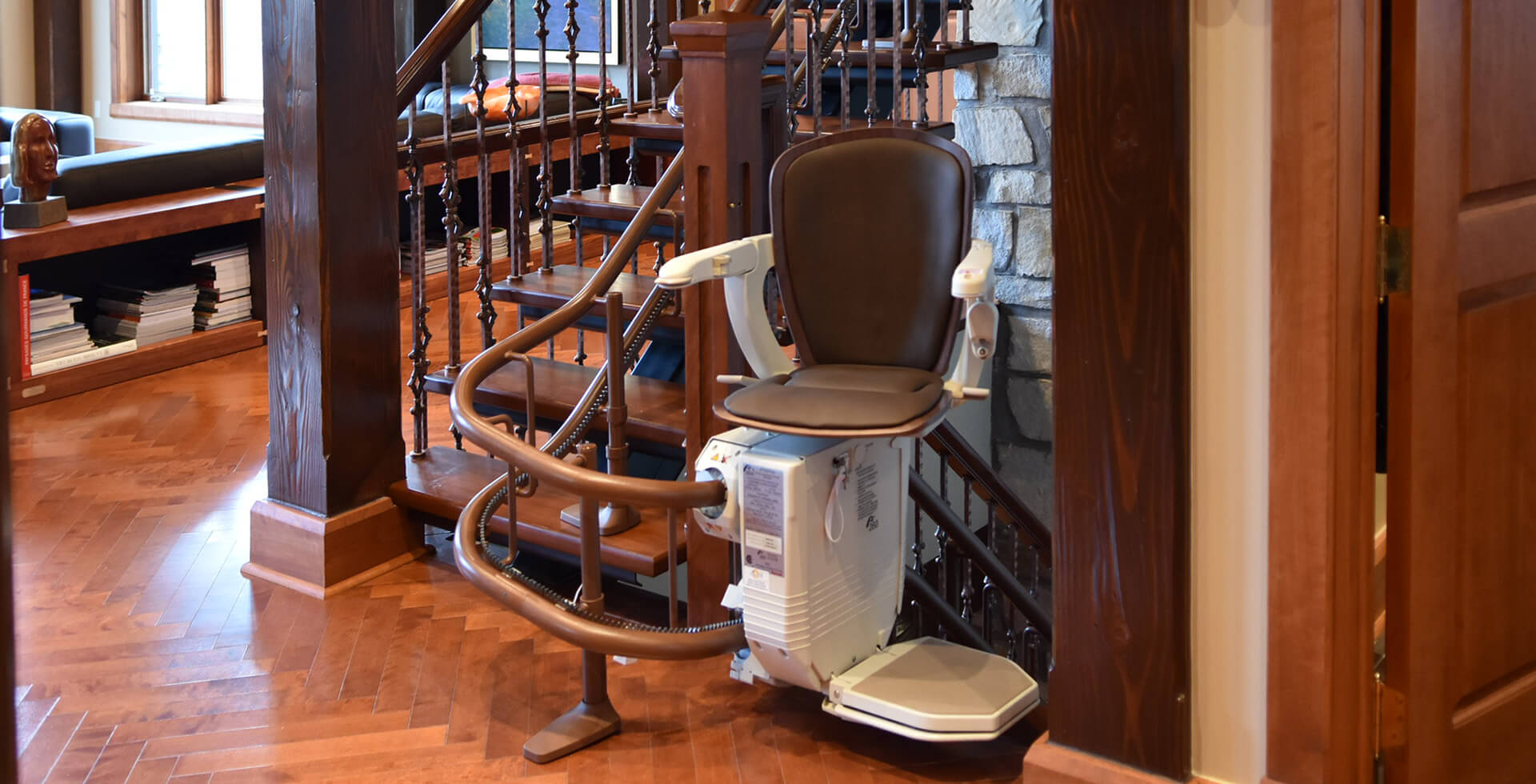Ramps or lifting platforms, what to choose?
Ramps and lifting platforms are devices specially designed to allow people with reduced mobility to access places at height more easily. These individuals thus gain in autonomy and can circulate more easily inside and outside their home without needing the help of a carer. Portrait of these two pieces of equipment.
The lifting platform
A lifting platform is a mechanical device that can accommodate a person or a wheelchair.
Advantages
The lifting platform occupies little space given its mode of movement. Either it rises vertically, or it follows the path of the staircase already present. This device is therefore suitable for confined spaces. In addition, the vertical models are functional during all seasons and their use does not expose you to any danger, whatever the weather. The surface to be cleared is also smaller and if you want to install a winter shelter, the work will be much less expensive.
The lifting platform also offers more autonomy to the user. It also displays great durability if maintained properly. And one of the biggest advantages of this type of device is that if you qualify for the subsidy program, the repair costs are covered by the government home adaptation program (HAP). It is also possible to opt for used equipment less than 5 years old to reduce expenses, even within the framework of the HAP.
Cons
The biggest disadvantage of the lifting platform is that its installation requires the construction of a concrete slab beforehand. The scope of the work is therefore greater.
The ramp
The ramp is a specific infrastructure intended to replace the stairs for people with reduced mobility or who use a wheelchair.
Advantages
The access ramp has no mechanics. It is therefore easy to use and maintenance costs are reduced.
Cons
This device is much bulkier. Indeed, you must install a ramp 12 feet long for each inch of elevation, according to the ratio 1: 12. In other words, an infrastructure that replaces 5 steps (35 inches) must be around 35 feet long. It is also necessary to think about rest stops along the route.
In addition, the area to be cleared of snow in winter is more extensive and in addition, the infrastructure is almost impassable during storms or ice. It thus offers less autonomy to its user. Installing a winter shelter would also be expensive given the size of the device.
The lifting platform therefore seems more advantageous in the long term. However, the government wants to prioritize the ramps on the North Shore since residents generally have large lots in this area. Note that it is possible to transform your HAP project into a personal project if the agent wishes to install a ramp instead of a PFE. In such a case, it is important to know that the subsidy does not always cover the repair costs. These may be the sole responsibility of the owner.

